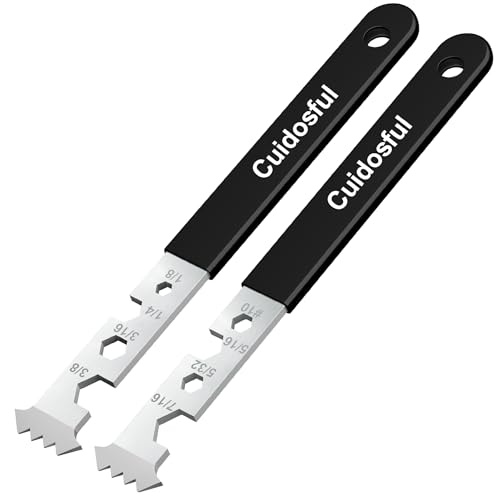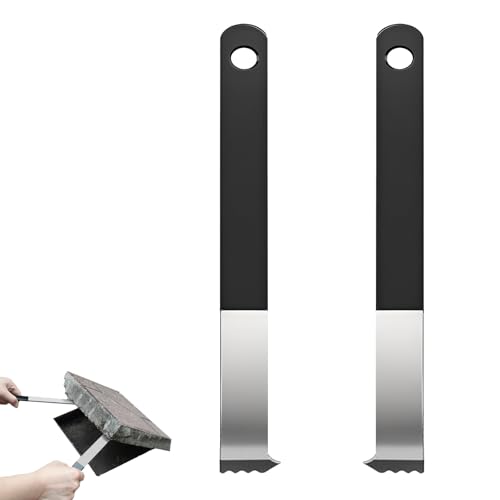Thinking about tackling a paver project but caught in a rainy situation? We’ve all been there. The question on many minds is, can you lay pavers in the rain? It’s a valid concern for anyone looking to spruce up their outdoor space, especially when the weather doesn’t seem to cooperate.

When it comes to working with pavers, rain can be a tricky element to navigate. While some may advise against it, others have found ways to make progress even when the skies are less than sunny. So, what’s the deal with laying pavers in the rain? Let’s explore the possibilities and considerations when it comes to this common dilemma.
Understanding the Challenges of Laying Pavers
The Impact of Rain on Installation
When we consider the impact of rain on laying pavers, we need to address the significant challenges it presents. Rainwater can complicate the installation process by creating muddy conditions that make it difficult to achieve proper alignment and leveling of the pavers. Additionally, excessive moisture can inhibit the proper bonding of adhesives and jointing sand, affecting the overall stability and longevity of the paved surface.
Despite these challenges, some strategies can help mitigate the effects of rain during installation. For instance, using drainage systems or covering the work area with tarps can protect the site from excess water and allow us to continue working even in light rain. However, it’s crucial to assess the intensity of the rain and the impact it may have on the project before deciding to proceed with laying pavers in inclement weather.
The Importance of Site Preparation in Wet Conditions
In wet conditions, thorough site preparation becomes even more crucial to ensure a successful paver installation. Proper grading and soil compaction are essential to prevent water pooling and ensure adequate drainage away from the paved area. By addressing drainage issues beforehand, we can minimize the risks associated with laying pavers in rainy conditions.
Moreover, choosing the right materials for the base, such as well-draining aggregates, can help enhance the overall stability of the paver surface and prevent water-related issues in the future. Our attention to detail during site preparation not only facilitates the installation process but also contributes to the long-term durability and functionality of the paved area.
By recognizing the challenges posed by rain and emphasizing thorough site preparation, we can navigate these obstacles effectively and achieve successful outcomes in our paver projects, even when faced with inclement weather.
Best Practices for Laying Pavers in Wet Weather
As landscape designers, we understand the challenges that wet weather can pose when laying pavers. In rainy conditions, it’s crucial to adapt our strategies to ensure the success of the project despite the weather conditions. Let’s explore some best practices for laying pavers in wet weather:
Choosing the Right Materials
When working in wet weather, selecting the appropriate materials is key to a successful paver installation. Opt for materials that are water-resistant and can withstand moisture without compromising their integrity. For instance, consider using permeable pavers that allow water to seep through, reducing the risk of water pooling on the surface. Additionally, choose high-quality base materials that offer good drainage properties, ensuring that water does not accumulate beneath the pavers.
Strategies for Managing Rainwater
To effectively manage rainwater during the paver installation process, we employ various strategies to prevent water-related issues. One approach is to create proper drainage systems that direct water away from the paver area, preventing waterlogging and ensuring the longevity of the installation. Moreover, using tarps or covers to shield the work area from rain can help maintain a dry surface, allowing us to continue the installation process without interruption.
By selecting the right materials and implementing effective rainwater management strategies, we can overcome the challenges of laying pavers in wet weather and achieve successful outcomes for our clients.
Potential Risks and How to Mitigate Them
Complications with Setting and Curing
When tackling paver installation in rainy conditions, we face challenges primarily with the setting and curing process. Excessive moisture can hinder the proper adhesion of the pavers, leading to potential shifting or uneven surfaces. To address this, we recommend checking the weather forecast beforehand and scheduling the installation during a period of lighter rain or when there’s a break in the weather. It’s crucial to monitor the paver adhesive closely during installation to ensure it cures effectively despite the damp conditions.
Preventing Erosion and Subsurface Issues
Another critical aspect to consider when laying pavers in the rain is preventing erosion and subsurface issues. Heavy rainfall can wash away the underlying soil or base materials, compromising the stability of the paved surface over time. To mitigate these risks, we advise incorporating proper drainage systems such as French drains or gravel trenches to redirect excess water away from the paved area. Additionally, using erosion control fabrics can help stabilize the soil and prevent erosion, ensuring a lasting and resilient paver installation even in inclement weather conditions.
Alternatives to Laying Pavers in the Rain
Timing Your Project with Weather Forecasts
When considering laying pavers, we understand the importance of impeccable timing, especially when it comes to unfavorable weather conditions like rain. Monitoring weather forecasts becomes our guiding principle to ensure a seamless installation process. Being proactive and adjusting our schedule according to the predicted weather patterns allows us to work efficiently and maintain the quality of our projects.
Exploring Other Paving Solutions
In our line of work as landscape designers, we constantly explore alternative paving solutions to adapt to varying weather challenges. Rather than risking the consequences of laying pavers in the rain, we consider alternative materials or techniques that can withstand inclement weather. From permeable pavers that offer superior drainage capabilities to innovative paving options that excel in different environmental conditions, we are committed to providing resilient and sustainable solutions for every project.
Conclusion
Laying pavers in the rain presents challenges that can affect alignment, bonding, and the setting and curing process. To overcome these issues, we recommend using drainage systems, tarps, and staying informed about the weather. Proper site preparation, including grading and using suitable base materials, is crucial for stability in wet conditions. Exploring alternative materials or techniques that can withstand rain is also a smart approach. By timing projects with weather forecasts and considering options like permeable pavers, we can ensure durable and sustainable results even in unfavorable weather.
















